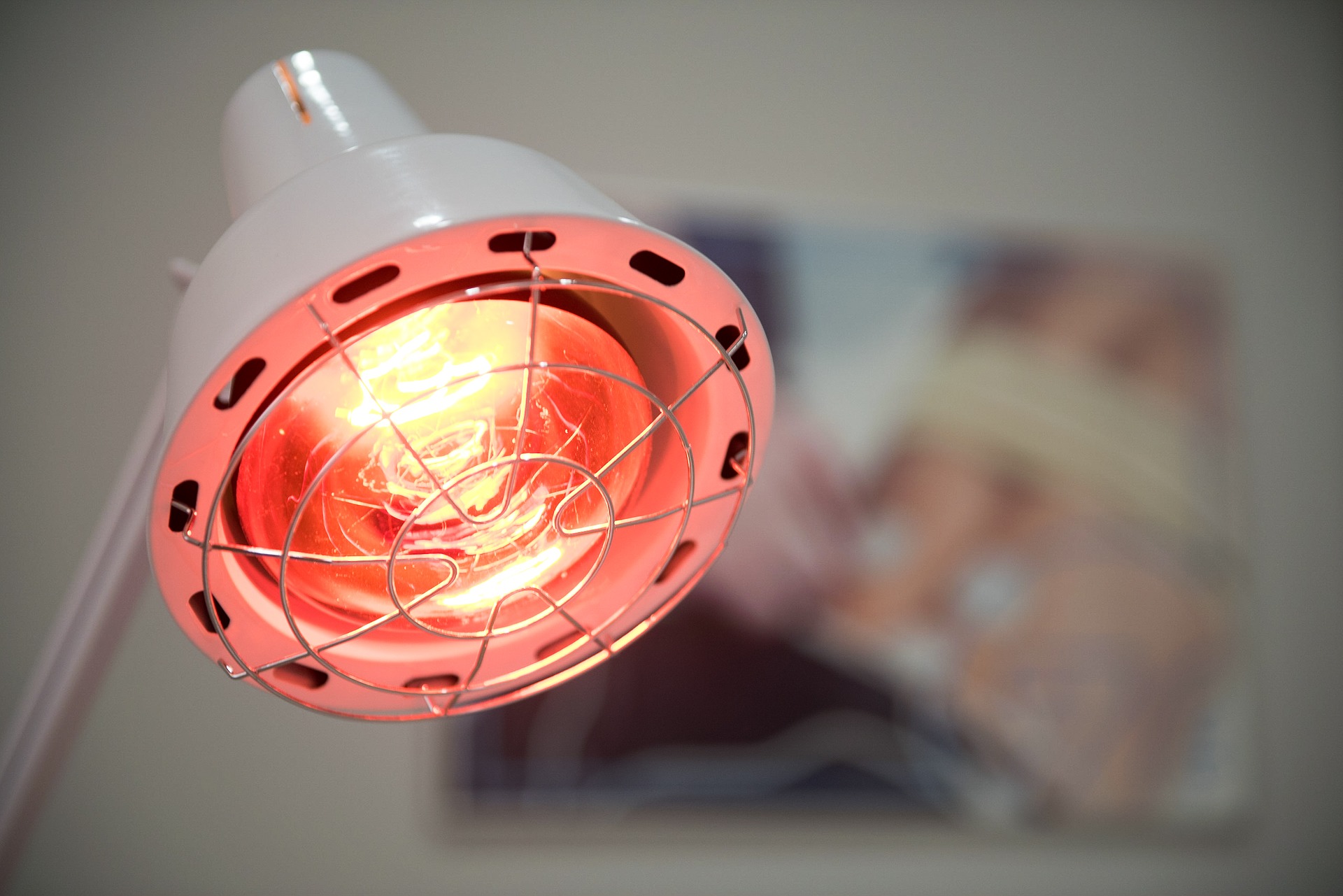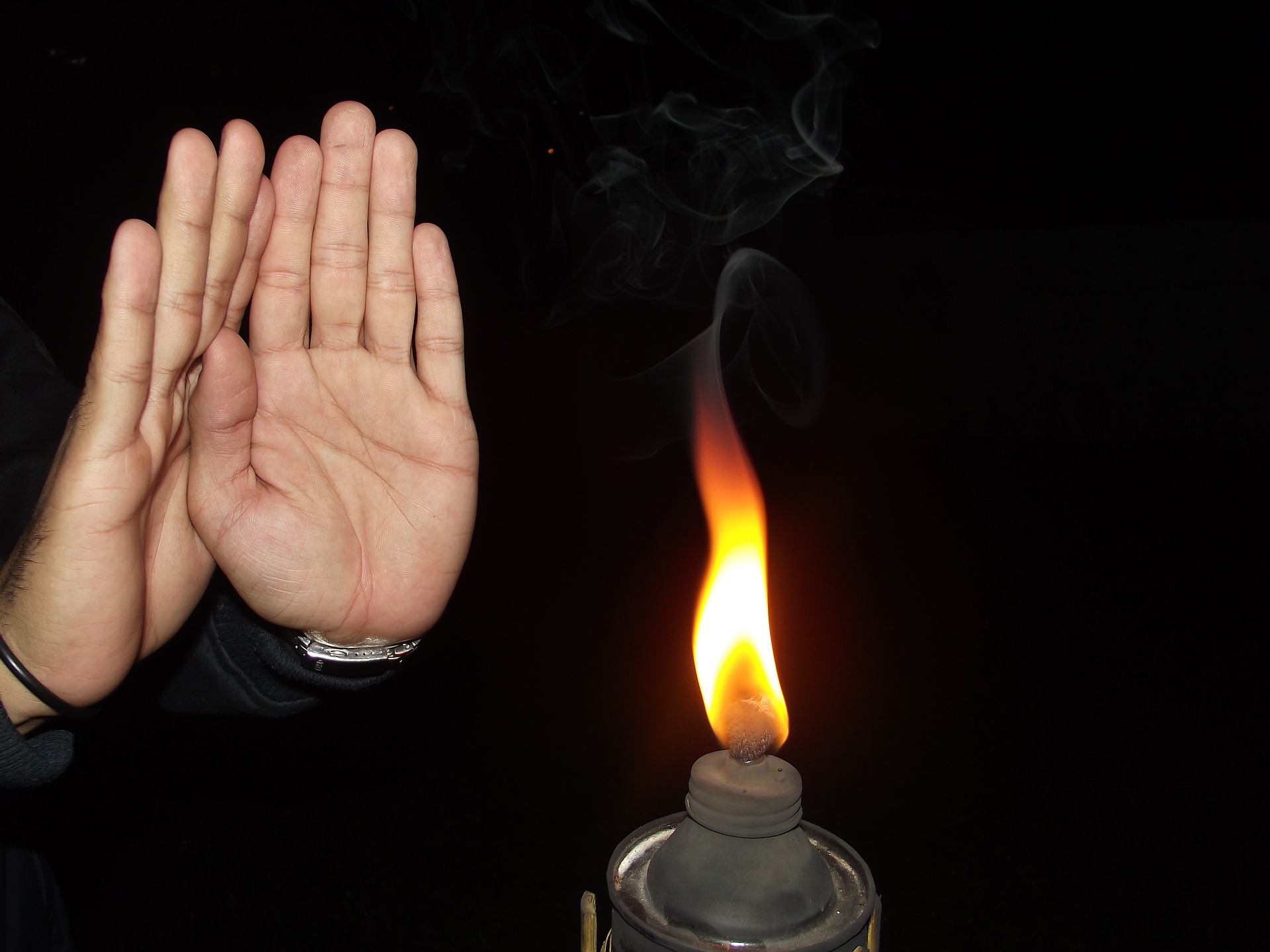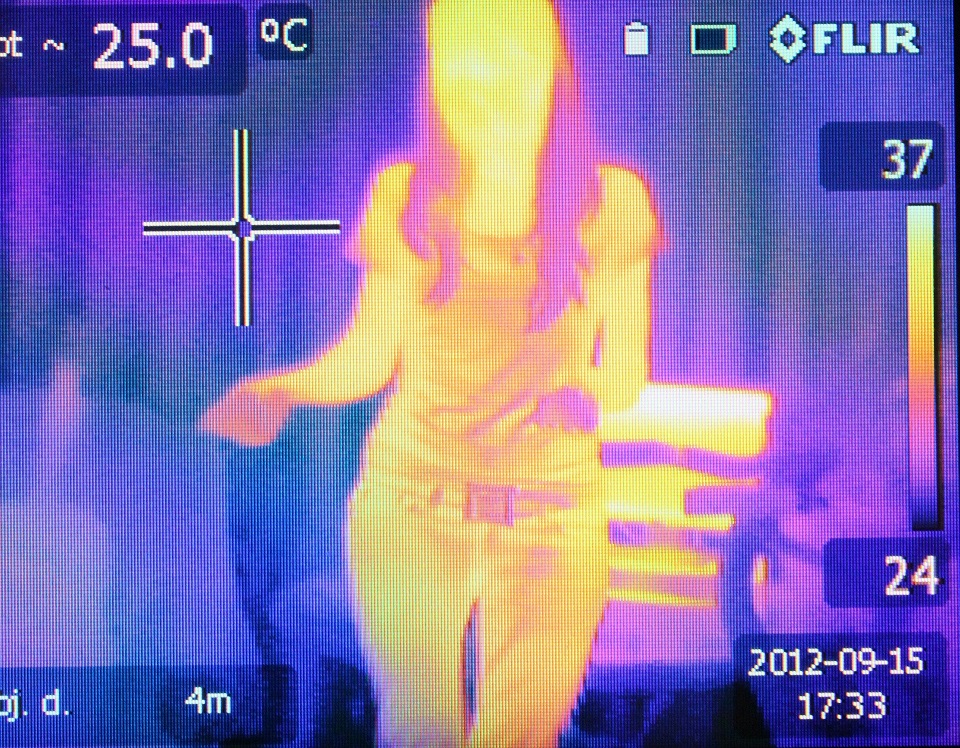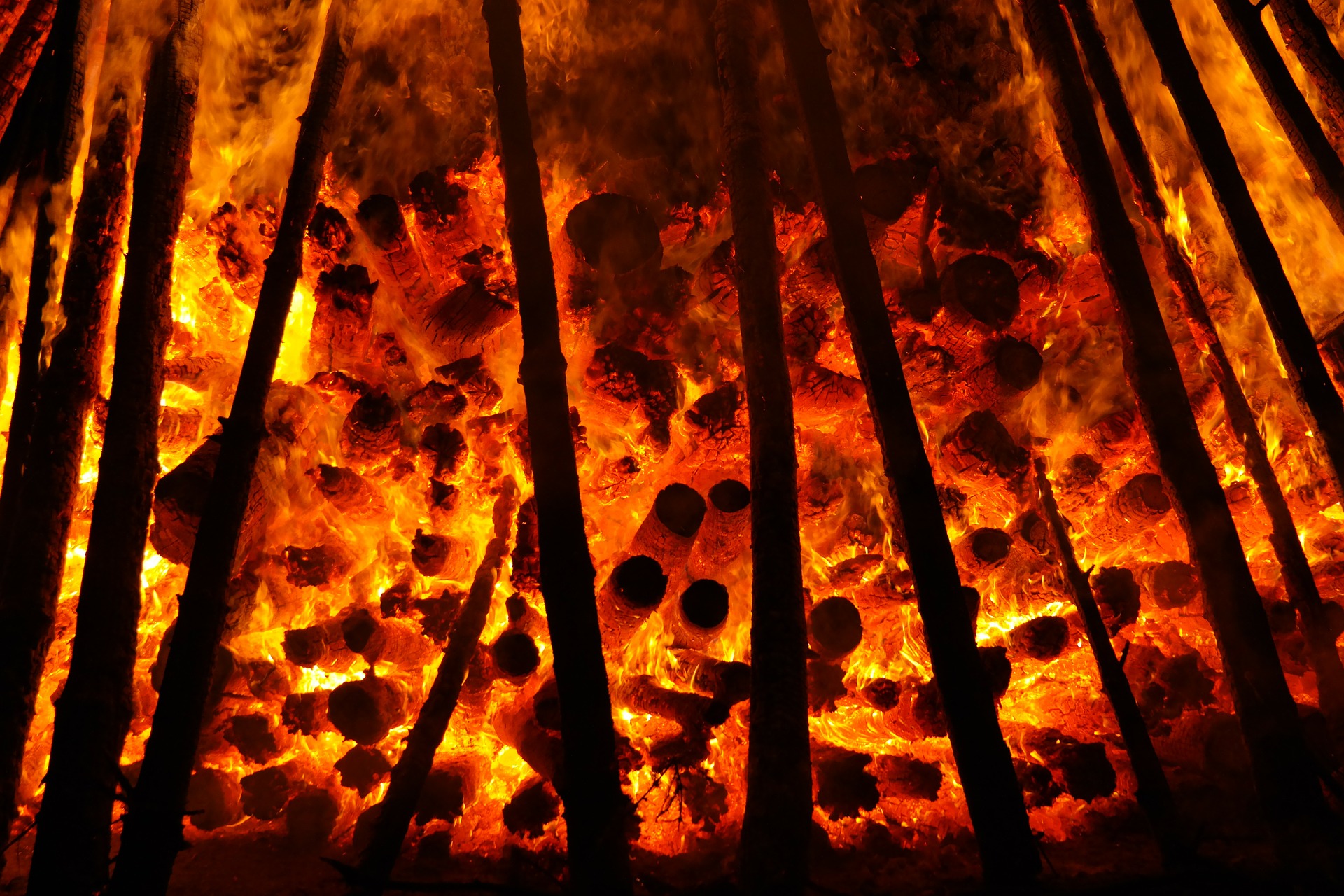
Heat radiation
Radiation! For many, the very word brings out fearful thoughts and imagery of nuclear war and death.

But in the most general use of the word, radiation can be a mighty good thing; when the heat is on. So grab a cool drink and learn about heat radiation.
Giving off positive energy
The word "radiation" itself is a hard one to describe briefly. Look it up, and you'll usually get something like "the process of radiating." But it's really just about objects giving off invisible rays.
The usual images we get when thinking about radiation come from radioactivity. But it turns out that everything gives off a radiation known as heat or thermal radiation. And it is a very good thing they do, in fact.

Please, let me explain.
Some like it hot
Suppose you're in the hot desert.

Why do you get so hot?
Obviously, its the hot sun.
Your body heats up as it absorbs heat energy radiating from the sun. But what's to stop you from heating up nonstop until you are a million degrees? Obviously, you won't; you might just feel like it.
As humans, we can sweat to cool down, but the same can't be said for rocks and so forth. This is where heat radiation comes in – objects cool off by giving off light energy. It's the way all objects can dump off their extra heat energy (the hotter something gets, the more energy gets radiated out). In this way, things have a limit they cant heat up to, then cool down later.
It's good to have a friend
There are real, practical ways that heat radiation has been put to good use. In part, this is because more heat radiates if an object is hotter. But also, the types of radiation given off depends on how hot the object is as well.
Some examples to show the point.
Baby, it's cold outside
When things get on the incredibly cold side (say, about 400º F, below zero), the chief radiation is radio and microwaves, just like those used in your car radio, cell phone or to cook food. Astronomers use these to look out in space to see what's going on, things they can't see the usual way.
It's called radio astronomy.

Radio image, compliments of NASA. The middle blue part is radio signals coming from invisible clouds in space.
The super-cold is not the only source of radio signals from space, but it is one of them.
I see you
For objects in the typical temperature range, the radiation given off is of a form called infrared, which we feel simply as heat. We see this in action with the heat lamps we use to keep us or our food warm,

or feel the heat coming off a flame.

Cameras designed to take images in infrared can be very handy. For example, since people are usually hotter than their surroundings, pictures of people can be taken even in the dark.

These cameras can also show where the hot spots are.

This is very useful, such as for seeing where heat leaks out of a house, or what places need fixing to better protect it from the weather.
Let there be light
When objects get really hot, they like to radiate light. Take, for example, hot embers or flames.

Or the glowing hot elements for stoves, toasters, and ovens.

Thomas Edison learned how to use this to create the world's first electric light, and the world has been lit up ever since.

Note: Being hot is not the only way objects can send out radiation.
Radios use an antenna to send out the radio signal. Microwave ovens use something called a magnetron to make microwaves.
LEDs and fluorescent lights make a cool light. They can also make infrared and ultraviolet light.
More about this.
Extreme measures
While not always given off as heat radiation, honorable mention should be made for x-rays and gamma radiation. Objects can give these off as heat, but only incredibly hot objects, such as stars. So on Earth, other ways are needed to produce them.
X-ray machines produce their rays by slamming fast electrons against a metal target.
Gamma rays are classified as nuclear radiation as they come from radioactive sources.
These rays, if overdosed with, can be very dangerous. But dangerous or not, heat radiation is a part of our everyday world. Not only do we rely on them in our modern world, but it is also essential every second.
That's something worth knowing about.
Don't miss out on future posts! Sign up for our email list and like us on Facebook!
Check out more hot topics, go back to Home Page
Comments? You can contact me at mailbox@thehomegrownprofessor.com